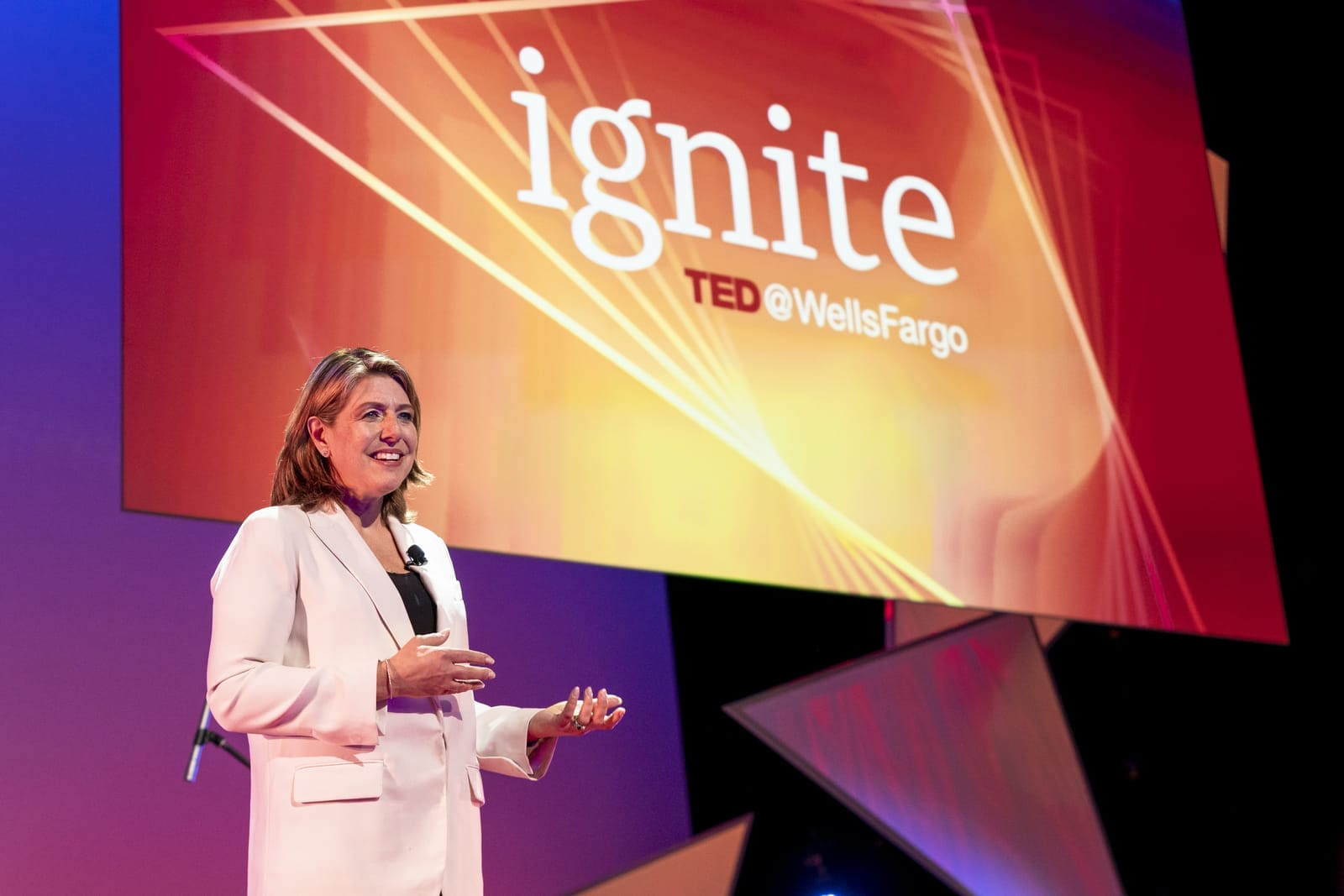In the roughly three decades since Jamie Moldafsky WG89 graduated from Wharton, she has established herself as a savvy brand marketer with positions at Whirlpool, Charles Schwab, and more. Moldasfsky—who has led Wells Fargo’s marketing strategy as CMO since 2011—had been slated to give the keynote address at this year’s Wharton Customer Analytics Conference in April prior to its cancellation in light of the coronavirus. Ahead of her scheduled appearance at the conference, Moldafsky connected with Wharton Magazine to share insights into how marketers can use analytics to elevate brands, the importance of staying in control of our data, and the enduring relationships she formed at Wharton.
Wharton Magazine: What are some of the most innovative ways you’re leveraging data analytics today at Wells Fargo?
Jamie Moldafsky: There’s a lot of potential around artificial intelligence, especially when trying to understand customer needs at an individual level and presenting content accordingly. As innovation around data and analytics continues, companies will be able to do a better job of meeting customers where they are and providing them with the right service, product information, or market messaging in a way that’s relevant and meaningful.
At Wells Fargo, we also leverage AI and modeling for other areas like fraud, and we also combine what we know about our customers with third-party data to provide meaningful content to them when and where they need us.
WM: What are the biggest challenges you face in effectively using big data?
JM: There is a tremendous amount of responsibility, in addition to some challenges, in how we use available data. We must respect our customers’ privacy and preferences and, because we are a regulated business, sometimes the challenge is to take all that unstructured data and models and ensure we are applying it in an appropriate way.
WM: How has the job of CMO changed over the past 10 years and how do you see it evolving in this decade?
JM: What has probably changed the most is that the role isn’t tied to any one thing. The CMO’s role now includes a broad swatch of different functions. They now wear the hat of chief revenue officer, and inherent to that is being able to measure and attribute marketing in real time. The CMO is also the chief customer officer and must have the ability to understand the customer and their journey. The CMO is also the chief brand and reputation officer, especially as more companies are facing real-time brand and reputation challenges that require a CMO to be both reactive and proactive.
WM: What has been your greatest career achievement so far and what was the key to your success?
JM: I don’t think there is one “greatest” career achievement—at least not for me. I have been fortunate to be on the receiving end of some great experiences, and those experiences have taken me to the next one. As I think more intently about this, I sought to wear many hats and walk in many shoes while working for brands with strong customer value propositions. The accumulation of experiences, coupled with empathy, helped create the path to become a brand steward for Wells Fargo.
WM: What business challenges keep you up at night?
JM: The balance between what needs to change and what needs to remain constant. Part of my role involves thinking about how to help our customers, employees, and colleagues in a world of speed and change, all while maintaining appropriate short-term and long-term perspectives.
WM: What has been the most rewarding aspect of being a part of the Wharton community?
JM: It is the people—the professors, the students, and those who become your friends, mentors, and sounding boards. There is also the access to incredible leaders and thinkers. When I started at Wharton, I was excited and nervous about stepping into this world of hard-core business acumen. To be honest, I wasn’t prepared for the realization of how enabling and empowering the experience would be. It was exciting to be around so many people who, as my career has evolved, would still be part of my professional community.
WM: Is there anything else you want to mention that we haven’t touched on?
JM: The world of data and analytics, and the role it plays in society and business is ever increasing. We must be conscious and not forget how data and analytics is meant to serve, which is bettering humanity. There’s great opportunity and responsibility in the business of data and analytics. Consumers and business people have an obligation to hold each other accountable on how our data is used. We must all be vigilant and demand from the people we do business with that we, as individuals, can and should stay in control of our data.


























